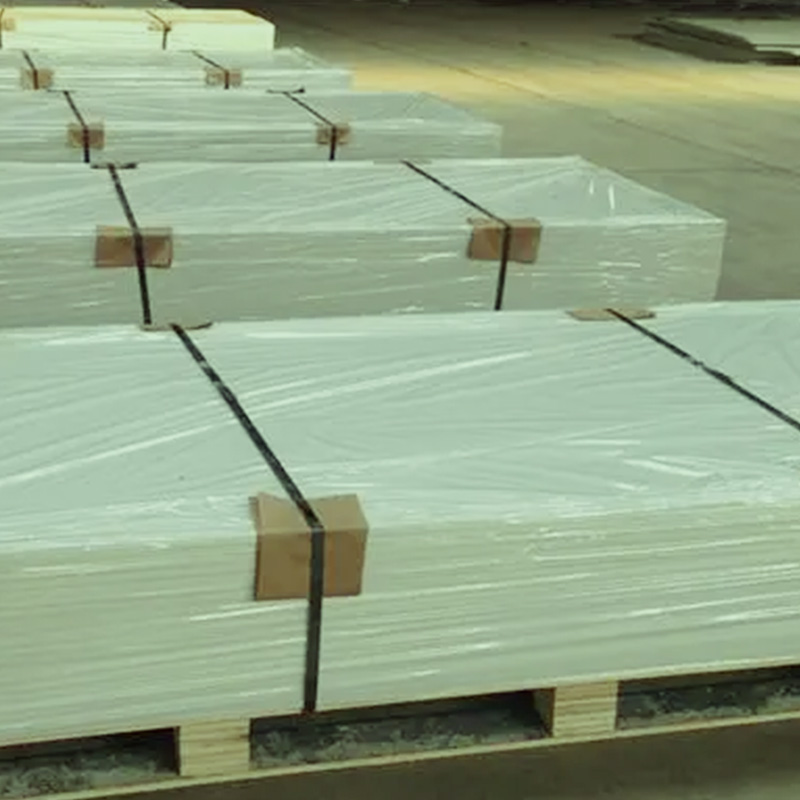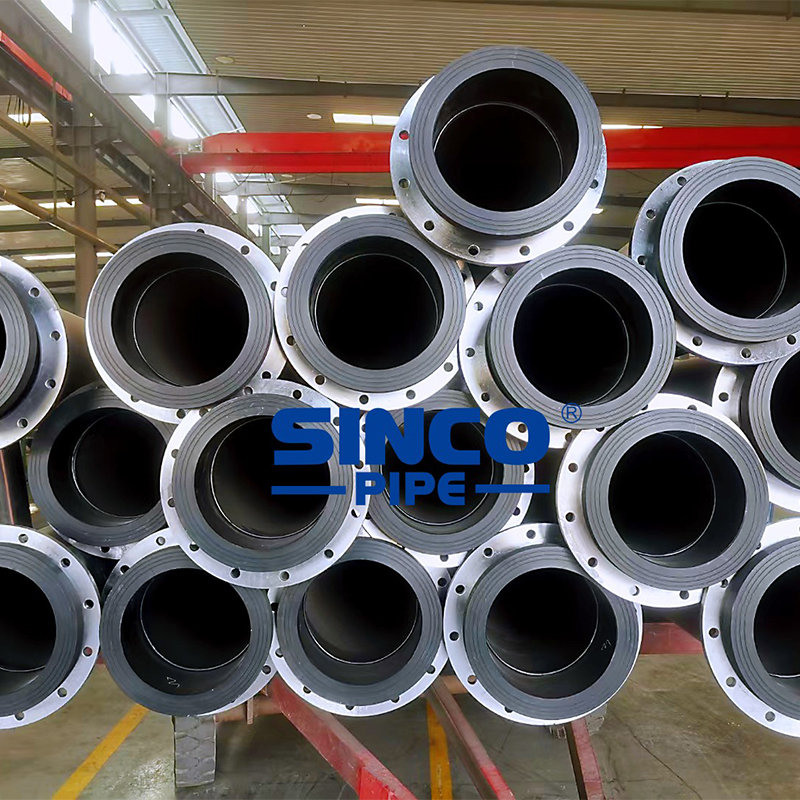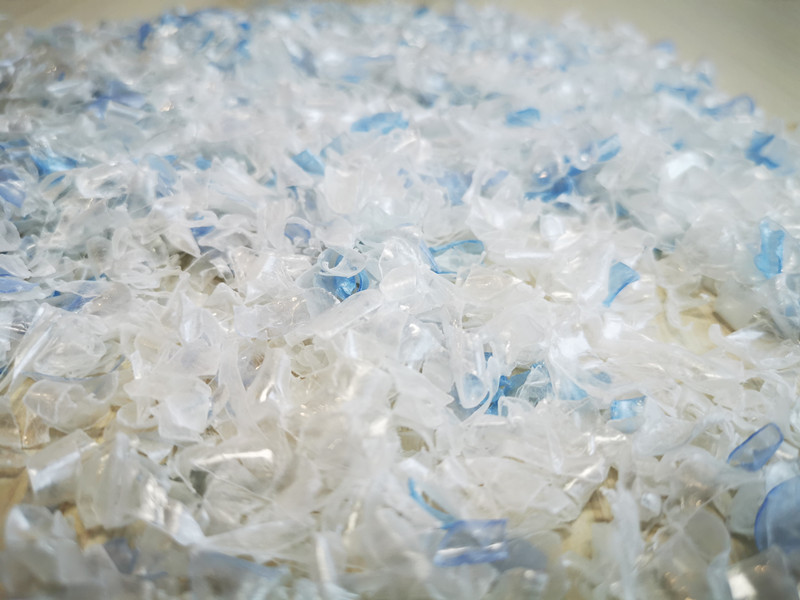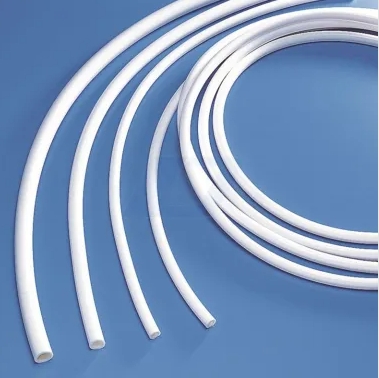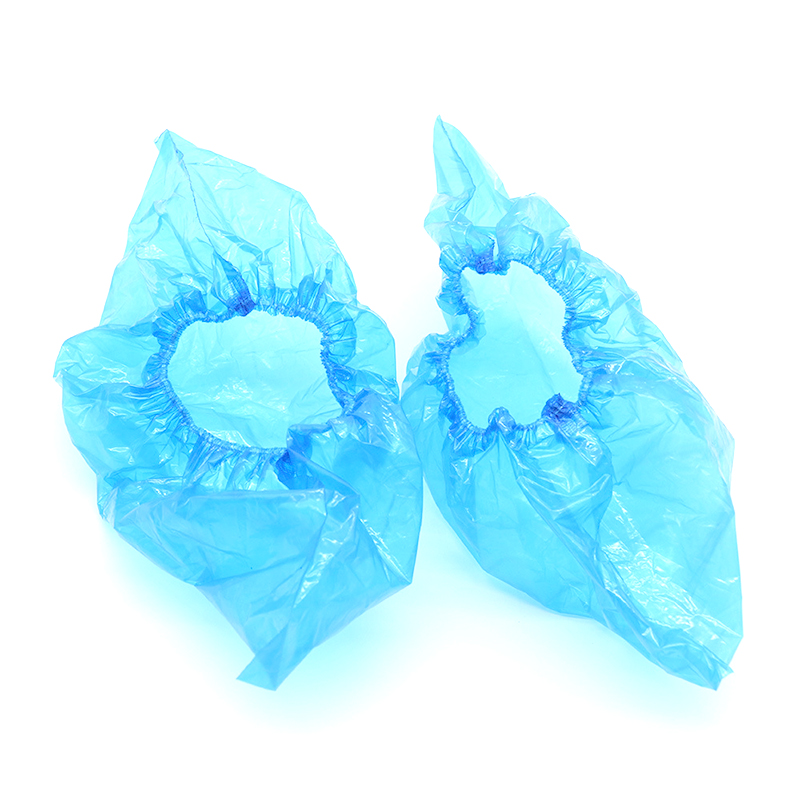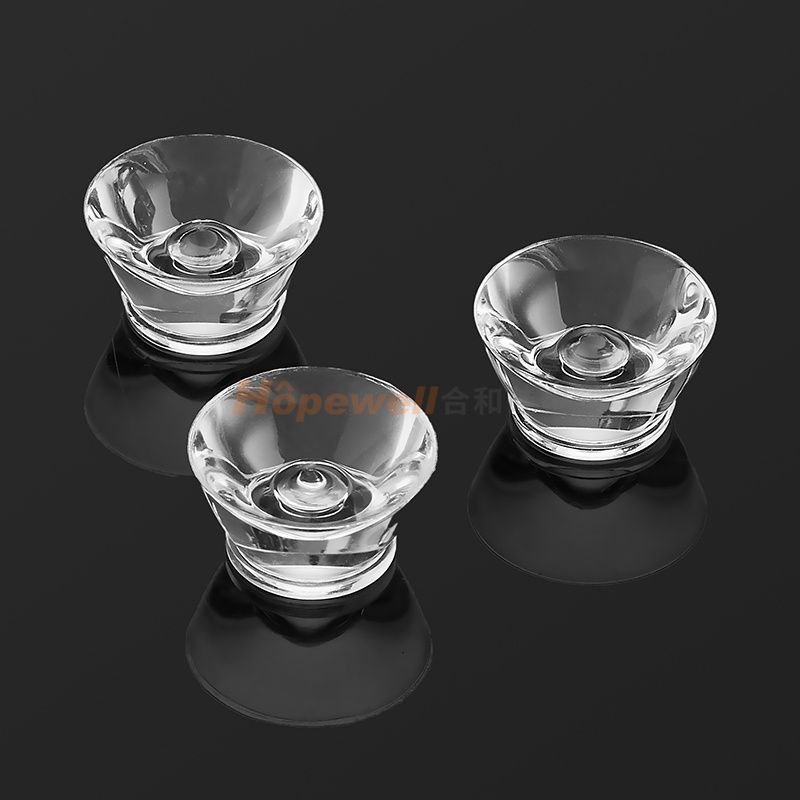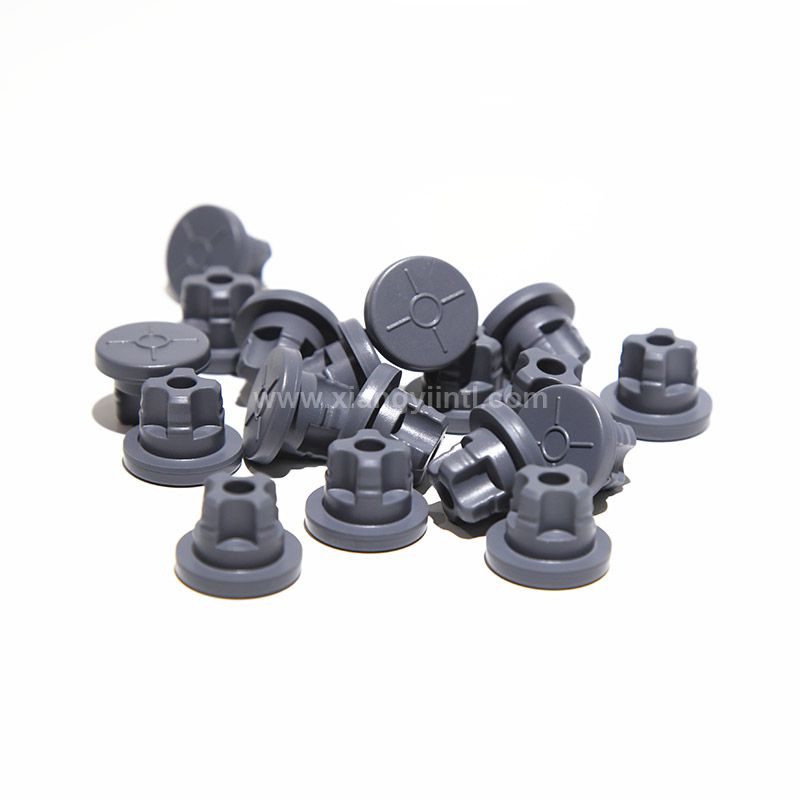A review of design pharmaceutical rubber stopper
Closures that form part of the container-closure system are an important component in the packaging of sterile products. Container-closures maintain the sterility of parenteral pharmaceuticals and prevent ingress of contamination when a needle is inserted into a vial. This article describes important aspects to consider in the manufacture of closures for pharmaceutical preparations, as well as the various physical, chemical, and biological assessments required to ensure that these closures are fit for purpose.

Pharmaceutical closures, also known as stoppers or bungs, are an important part of the final packaging of pharmaceutical preparations, particularly those that are intended to be sterile. The most commonly used type of stopper is the elastomeric closure. An elastomer is any material that is able to resume its original shape when a deforming force is removed, which is known as viscoelasticity.
For the manufacturing of closures, the elastomer is either natural or, as is more common, a synthetic rubber, such as butyl rubber or chlorobutyl rubber. The advantage of synthetic rubbers is that the materials are strongly resistant to permeation by oxygen or to water vapor.
Before using a closure in a vial or bottle with a drug product, the closure must be assessed to determine if it is suitable for use with the product that will be filled into the glass container. The pharmaceutical manufacturer should consider the following questions relating to product compatibility, in conjunction with the manufacturer of the closure:
Is the product absorbed by the rubber?
Does the rubber react with the product and leach out impurities?
At which temperature range is both closure and product stable?
Further reading:Why Can't Natural Rubber Be Used to Make Products?
RPET Material – 10 Frequently Asked Questions
Neoprene vs. Natural Rubber
Choosing the Best Rubber Hose for Your Needs
Types of Industrial Hoses: A Comprehensive Guide
HDPE Corrugated Pipes: Unveiling the Technical Specifications for Superior Performance
The Efficiency and Environmental Benefits of Plastic Crusher Machines
How effective is the seal integrity?
What happens when the product and stopper are stored together over time?
Once these questions have been satisfactorily answered, the pharmaceutical manufacturer can work with the manufacturer of the closure to design the optimal closure for the vial type and product.
MANUFACTURING PROCESS
The manufacturing process for closures involves processing raw materials and auxiliary substances; weighing and mixing; followed by vulcanization. Vulcanization is a chemical process for converting rubber or related polymers into more durable materials via the addition of sulfur (or another equivalent curative) together with an accelerating agent such as 2-mercaptobenzothiazole; an activator, usually zinc oxide; fillers such as carbon black or limestone; antioxidants; and lubricants. Following vulcanization, molding and compressing occur.
There are two types of molding: compression and injection, of which the former is the most common. Compression molding is a method of molding in which the molding material, generally preheated, is first placed in an open, heated mold cavity. The mold is closed with a top force or plug member, and pressure is applied to force the material into contact with all mold areas, while heat and pressure are maintained until the molding material has cured. Injection molding is a manufacturing process for producing parts from both thermoplastic and thermosetting plastic materials. Material is fed into a heated barrel, mixed, and forced into a mold cavity where it cools and hardens to the configuration of the mold cavity.
Xiangyi provides ready-made crimp vials, rubber stoppers and seals, which can be customized for any application. More details please contact us.
Further reading:Polypropylene Sheet: A Versatile and Sustainable Solution for Diverse Applications
PP Tarpaulin: The Versatile and Reliable Protective Covering
Benefits of using PE surface protection film
Advantages of Polyurethane Dewatering Screen Panels
What industries utilize custom seal and rubber products?
UHMWPE Sheet: The Ultimate Solution for High-Performance Applications
Different Styles and Designs of Euro Head Caps
- Previous: Which Factor Is Important In Sealing?
- Next: How to Cut Rubber



